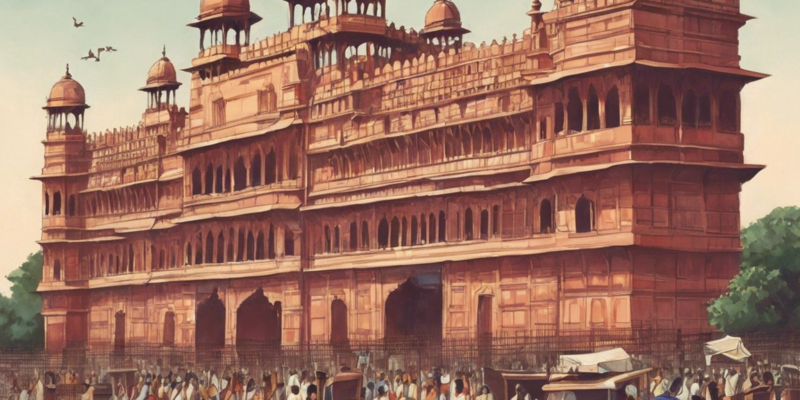India is classified as a developing country rather than a developed one. While it has made significant progress in various areas, including technology, healthcare, and education, it still faces challenges that are characteristic of developing nations.
Factors Contributing to India’s Developing Status
Economic Indicators
India’s GDP per capita is relatively low compared to developed countries. The majority of the population is employed in the informal sector, and income inequality remains a significant issue.
Infrastructure
While India has seen improvements in infrastructure in recent years, including transportation and communication networks, there are still significant gaps in rural areas. Access to quality healthcare, education, and sanitation facilities remains a challenge for many.
Social Indicators
India faces issues such as poverty, malnutrition, and a lack of access to clean water and sanitation. Despite progress in reducing poverty rates, a significant portion of the population still lives below the poverty line.
Education
While India has a strong education system with prestigious institutions, there are disparities in access to quality education. Illiteracy rates are higher in rural areas and among certain marginalized communities.
Healthcare
India has made strides in improving healthcare infrastructure and access to services. However, healthcare quality varies widely across the country, and issues such as inadequate healthcare facilities and a lack of health insurance coverage persist.
Progress Towards Development
Technology and Innovation
India has emerged as a global leader in technology and innovation, with a thriving IT sector and a growing number of startups. This has contributed to economic growth and job creation.
Urbanization
India is experiencing rapid urbanization, leading to the development of smart cities and improved living standards in urban areas. However, urbanization also poses challenges such as overcrowding and environmental degradation.
Governance and Reforms
The Indian government has implemented various reforms to improve the business environment, attract foreign investment, and boost economic growth. Initiatives such as “Make in India” aim to promote manufacturing and create employment opportunities.
Sustainable Development Goals
India is committed to achieving the Sustainable Development Goals set by the United Nations, focusing on areas such as poverty alleviation, healthcare, education, and gender equality. Progress towards these goals will be essential in transitioning from a developing to a developed country status.
Frequently Asked Questions
Q1: What are the main challenges hindering India’s development?
A1: India faces challenges such as income inequality, inadequate infrastructure, social disparities, and institutional inefficiencies that impede its progress towards becoming a developed country.
Q2: How is India addressing issues related to poverty and malnutrition?
A2: The Indian government has implemented various social welfare schemes and programs aimed at poverty alleviation, improving nutrition, and enhancing food security for vulnerable populations.
Q3: What role does education play in India’s development?
A3: Education is crucial for India’s development as it empowers individuals, fosters economic growth, and enhances human capital. Investments in education are essential for overcoming social disparities and achieving sustainable development.
Q4: How is India leveraging technology for development?
A4: India has embraced technology as a key driver of development, with initiatives such as Digital India promoting digital literacy, e-governance, and access to information and communication technologies across the country.
Q5: What are the prospects for India to transition from a developing to a developed country?
A5: India has the potential to transition to a developed country status through sustained economic growth, investments in human capital, social reforms, and effective governance. Addressing challenges such as poverty, healthcare, education, and infrastructure will be crucial in this transition.
In conclusion, while India has made significant strides in various areas, it still faces challenges that place it in the category of a developing country. Continued efforts towards economic growth, social development, and sustainable practices will be essential in its journey towards becoming a developed nation.

